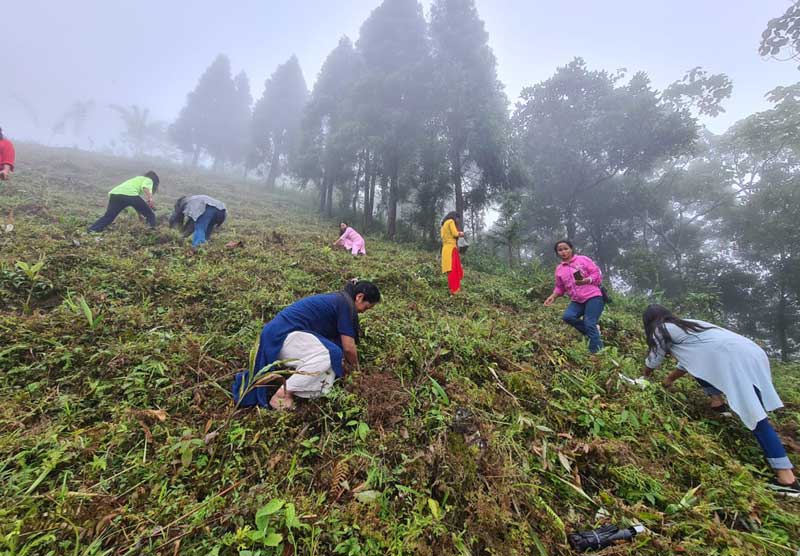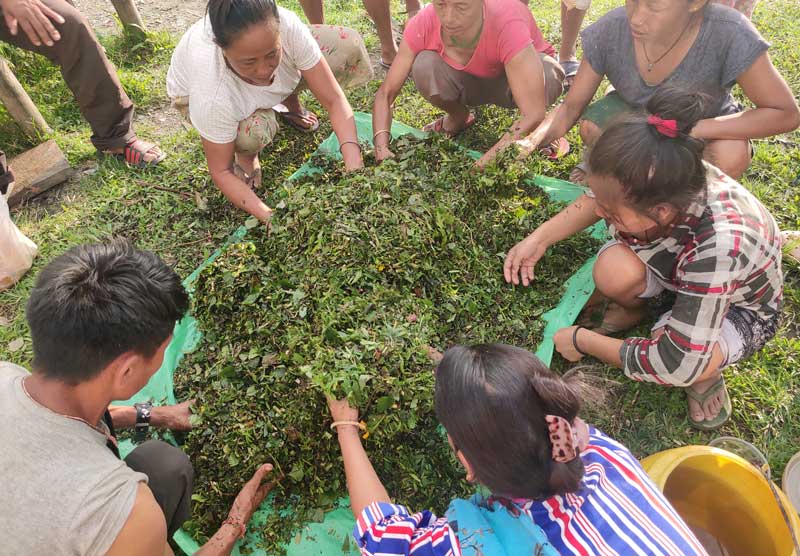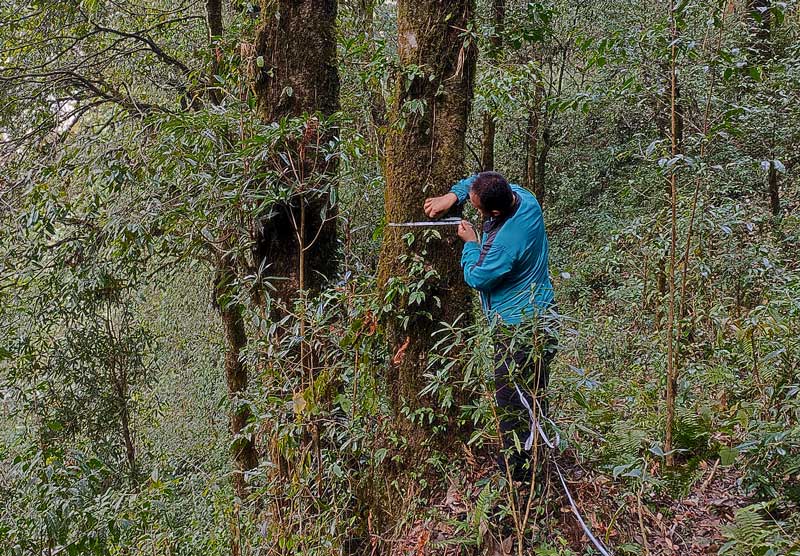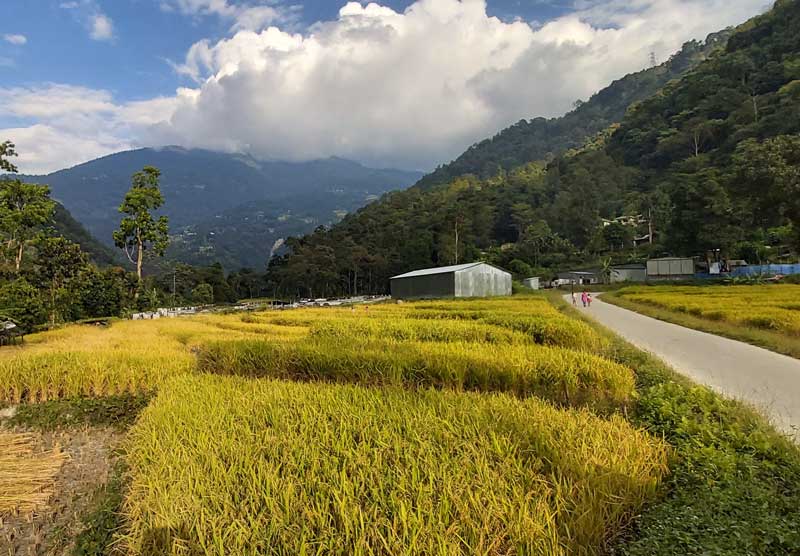The Indian Himalayan Region (IHR), a part of the Hindu Kush Himalayas (HKH), is categorised as Western, Central and Eastern Himalayas. It is one of the most important mountain ecosystems in the world, providing immense goods and services to humanity. However, the region has been witnessing rapid biodiversity loss, ecosystem degradation, climate change, increased disaster risk and rising vulnerabilities of people, both in the mountains and downstream areas. There is an urgent need to build social-ecological resilience both in the mountains and downstream.
The IHR consists of the Union Territories of Ladakh and Jammu & Kashmir; the States of Himachal Pradesh, Uttarakhand, Sikkim, Arunachal Pradesh, Nagaland, Manipur, Mizoram, Tripura and Meghalaya; and hills of the States of West Bengal (North Bengal) and Assam (Karbi Anglong and Dima Hasao).
The IHR is only 11% of the HKH in area but inhabited by 36% population. IHR is more densely populated than other mountainous regions of the HKH countries. The IHR’s contribution to India is significant and to mention some of them are 36% of India’s forest; 44% of angiosperms; 60% of India’s endemic plants; 63% of water budgets; 30% of ethnic groups; and 100% of glaciers and alpine areas. The IHR is home to two (Himalaya and Indo-Burman) out of 36 global biodiversity hotspots. Ecosystem diversity, species diversity, genetic diversity, and functional diversity play key roles in ecosystem services that benefit people and communities. IHR contains varied ecological gradients that set the stage for species evolution, and this has resulted in the Himalaya to be the youngest mountain biome.
The IHR is a hotspot that faces the brunt of climate change, with temperatures expected to increase up to 5 °C in some parts by 2100. Given the current emission trends, two-thirds of the region’s glaciers will melt by 2100.
It will heavily impact biodiversity, ecosystems, agriculture patterns and production, water resources and human well-being. It is extremely crucial for the IHR and the HKH countries to learn to adapt and build resilience to climate change.
In ten years, 351 new species were discovered in the Eastern Himalayas alone, clearly indicating the region is still not fully explored. Exploring and monitoring species diversity should be given top priority in the IHR.
Regions in the IHR have wide scale hunting, poaching, habitat degradation, and illegal wildlife trade (being transboundary), unsustainable use of resources all impacting the rich biodiversity and diverse ecosystems. Habitat degradation has been further exacerbated by invasive species and forest fire. In the midst of the human-wildlife conflict particularly crop and livestock depredation are rampant across the region. Land use and land cover changes from natural ecosystems to other usages have been conspicuous in the last few decades, causing depletion of natural resources and impacting access to livelihoods.
The IHR is still a data deficit region. There is a need for data, information and knowledge generation on biodiversity, ecosystems, landscapes, traditional knowledge systems, environmental change including climate change related impacts for developing mountain specific decision support systems and for making informed decisions by policy makers.
The interdisciplinary team at ATREE Eastern Himalayas has accumulated more than 25 years of experience in generating knowledge, developing regional capacity and promoting sustainable livelihoods in the Sikkim Himalayas and North Bengal. We have a long-term engagement with conservation planning and management in Assam. This history underpins ATREE’s strategy for addressing critical needs in knowledge generation and outreach for the entire IHR. Through our work in the region, we have been able to forge a diverse network of organizations working toward the common goal of sustainable development. In particular, continued engagement with policymakers and administrative agencies, as well as with NGOs, researchers and academicians, is an indispensable step for making progress on all our environmental challenges.
The overall goal for the IHR initiative is “sustainable multifunctional landscapes, economically and socially empowered local communities, resilient institutions, and human resources capable of meeting environmental challenges by building a critical body of knowledge and engaging with the society for effective conservation, and just and sustainable development”.

Biodiversity exploration, monitoring and conservation; restoring degraded landscapes; managing and enhancing ecosystem services.
Monitoring bio-resources use, promoting nature-based products and supporting nature-based entrepreneurship for sustainable and healthy food systems.


Developing scenarios, improving and optimising bio-resources, managing water resource use, climate resilient agriculture, preparing for disasters and mitigating impacts.
Creating spaces for building capacities, sustainable livelihoods, environmental education, restoration and corridor development, shaping public policies and innovating to conserve biodiversity and achieve sustainable development.


